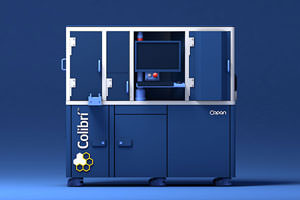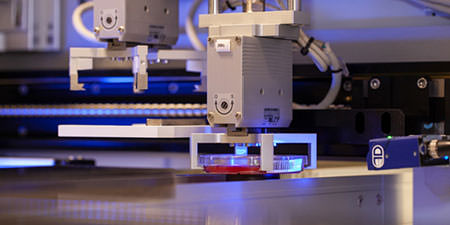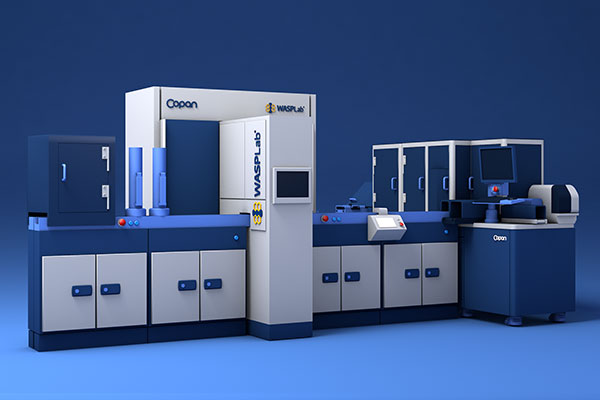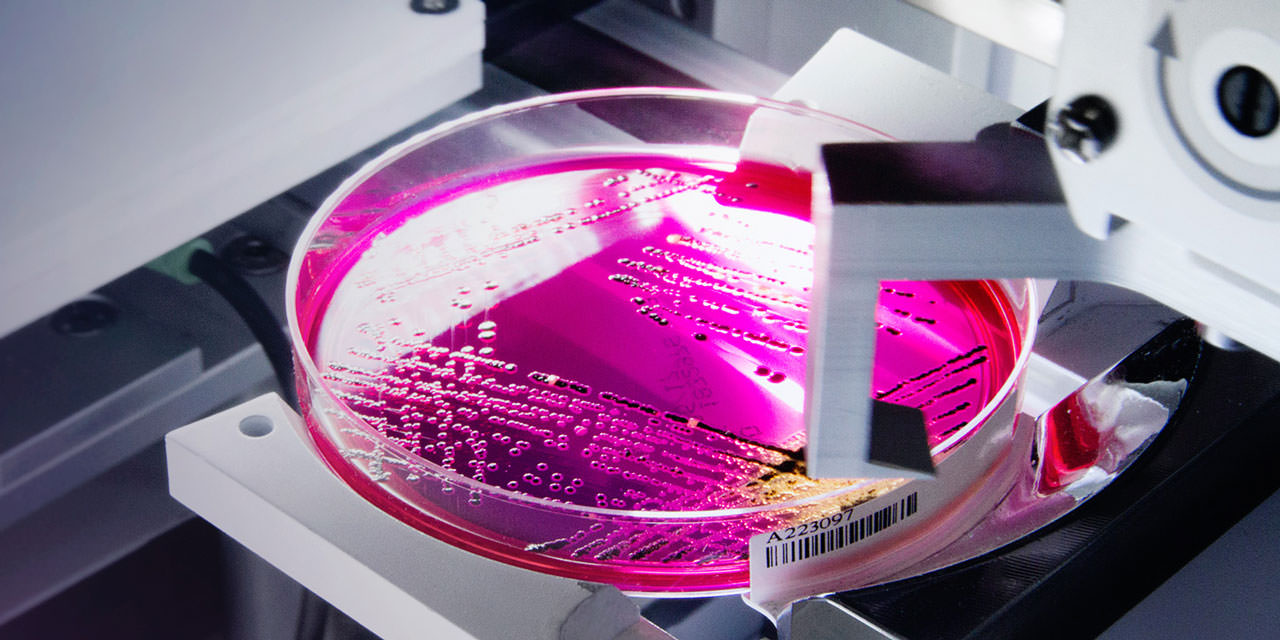Microbiology Time
We are happy to repost here a news published by our Finnish partners at Mekalasi OY!
The clinical microbiology laboratory at the HUS Diagnostic Center in Helsinki, Finland, has been equipped with Copan’s lab automation since 2020. The lab currently automates its workflow with two WASPLab® culture automation lines, which include four Walk-Away Specimen Processor™ WASP® units, two connected incubators, and PhenoMATRIX® software that utilizes Artificial Intelligence for plate interpretation. Now, two Colibrí™ picking modules are being installed in connection with the automation line.
Colibrí™ is a device that automatically picks colonies on a culture plate – either selected by user input or by the AI PhenoMATRIX® TAG software – to perform MALDI-TOF identification or to prepare a suspension for Antibiotic Susceptibility Testing. Colibrí™ pipetting robot ensures precise colony selection, while the nephelometer checks the turbidity of the suspension. This further step toward lab automation improves even more HUS lab accuracy, standardization, and traceability while optimizing the laboratory workflow.
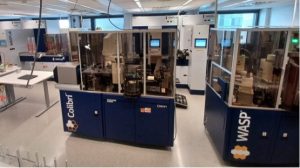
The HUS Diagnostics Center concentrates samples from satellite laboratories for the screening of UTIs and streptococci. The number of samples reaching the laboratory has increased significantly in recent years, and automation has helped handle growing sample volumes while maintaining quality.
Currently, more than 90 Colibrí™ have been installed worldwide – with 40 in Europe – but the two automation being installed at the HUS Diagnostic Center are the first in Finland and Scandinavia. Colibrí™ is conceived and produced by Copan, a family business founded in 1979 in Brescia, Italy. Copan manufactures and develops sample collection and transport devices and automation solutions for the needs of bacteriology, virology, and molecular biology. Noteworthy, Copan transports the equipment with its own trucks, and its in-house logistics is a part of its quality assurance and comprehensive care of the delivery process.
The Colibrí™ installation is carried out by Mekalasi’s maintenance staff and Copan experts. Mekalasi has its own Finnish-speaking service organization in Finland, with professional staff available for user and troubleshooting support if needed. After the installation, trained and certified personnel perform periodic maintenance following the equipment manufacturer’s maintenance program, ensuring full functionality and user safety.
The bacteriology automation system at the HUS Diagnostic Center is customized and optimized to meet the laboratory’s sample flows and workflow needs. The modular solution has been expanded since 2020. After the first WASP® installed, another two followed, and in 2022, WASPLab® was delivered. Last year, the second WASPLab® and the fourth WASP® were delivered. Now it’s the turn of the two Colibrí™. Who knows what’s next?
The original news can be found here!





